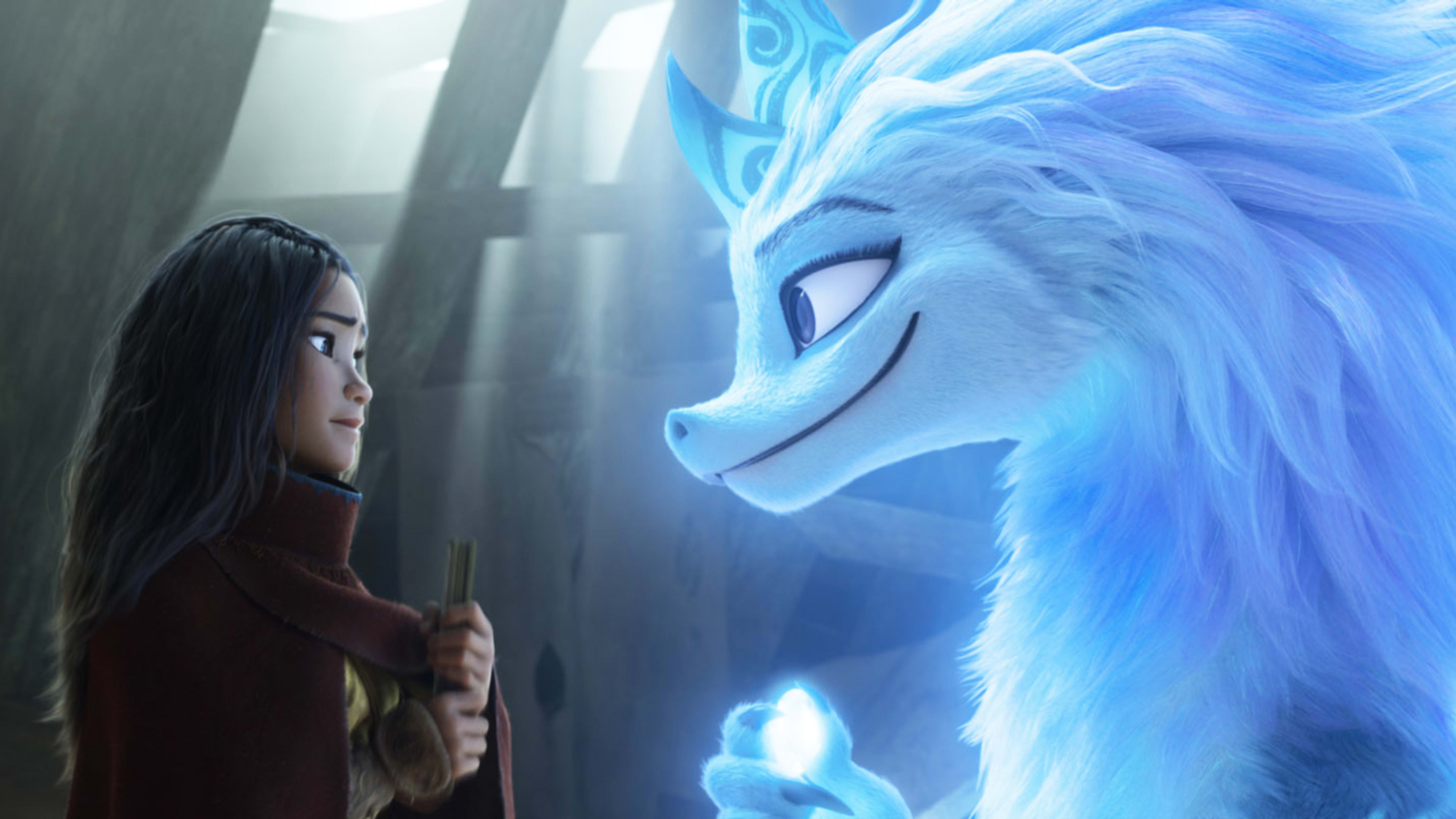Disney fans who spent the Christmas holiday streaming the Pixar feature Soul for their kids via Disney Plus may be a little confused this weekend. Disney Animation’s latest film, Raya and the Last Dragon, which is out March 5 and is about a Southeast Asian warrior princess on a quest to find a dragon that will unite her people, will also be on Disney Plus, but subscribers will have to pay an additional $30 to see it, at least right now. This summer, the film will be available to all Disney Plus subscribers for free. There’s one additional wrinkle: Raya is also being released in theaters. Well, some of them. Cinemark, the third-biggest movie theater chain in the United States is refusing to show the film, reportedly because Disney’s financial terms were too onerous for a movie that is also being released on streaming.
Consumer whiplash? Just a tad. This is a phenomenon that points to how entertainment conglomerates are still very much in experimentation mode when it comes to settling the streaming vs. theatrical debate, particularly when it comes to kids’ films. It also underlines just how many kinks still have not been worked out (i.e., with theater chains). For a sense of how chaotic and unresolved it all is—and how there is truly no single, settled-upon formula—consider that on March 4, Paramount released The SpongeBob Movie: Sponge on the Run exclusively on its new streaming platform, Paramount Plus, as well on premium video-on-demand rental platforms for $19.99. A week earlier, Warner Bros. released Tom & Jerry both in theaters and on HBO Max (at no extra charge).
According to Paul Dergarabedian, senior media analyst for Comscore, this is the new world order wrought by the pandemic that has wreaked havoc on the theater exhibition business. “‘Are you going to go streaming or theatrical?’ That used to be the question, and there were two answers,” he says. “Now there are 10, 15 answers and permutations of how you can release a movie.”
Raya‘s rollout mirrors Disney’s release of the live-action Mulan last summer, an approach that confused consumers—as well as generated ire. Thirty bucks when subscribers were already paying $7 a month for Disney Plus?
From Disney’s point of view, the hybrid model is a way to hang on to whatever box-office dollars can still be had. Before the pandemic hit, Disney, after all, was the box-office king. The company generated $11 billion in theater tickets in 2019, a milestone CEO Bob Chapek has characterized as “a really big deal to us.” This makes Disney more incentivized to try to make theatrical work, hence its “three-pronged” strategy for COVID-19-era releases. Disney has said that it’s either releasing films first in theaters exclusively; in theaters and on streaming simultaneously with a “premiere access” fee for Disney Plus subscribers; or, as with Soul, releasing them at no additional cost on Disney Plus.
With Raya, there’s even more desire to open the film in theaters, given that more of them are open. In China, where Disney hopes the film will connect (Chinese actress Zhao Liying is dubbing the voice of Raya for local audiences), business is booming. February saw record numbers at the Chinese box office, even though theaters are operating at half capacity. The surge has been driven by the Lunar New Year, when people around the country are stuck at home due to travel restrictions. Feeling cooped up and bored, they have been flocking to the movies. This helped propel Tom & Jerry to a strong-for-the-pandemic opening weekend of $38 million, infusing hope that people will, indeed, be lured back to the movies.
As for Soul, Chapek has described its freebie status as “a really nice thing to do for our consumer base.” It was also a way to win the Christmas season streaming wars—when HBO Max launched Wonder Woman 1984 and Netflix unleashed a series of new movies and TV shows, including Shonda Rhimes’s Bridgerton—and give Disney Plus another boost. Which it did. The service added 8 million new subscribers in December alone (it now has 95 million in total), a leap owed both to Soul as well as a new season of The Mandalorian.
But while it all may make sense from a corporate point of view, consumers don’t have access to Disney’s latest PowerPoint presentation, nor did they likely listen in to Disney’s marathon Investor Day conference last December where executives laid out much of this strategic planning. To regular folks, Disney’s toggling strategy simply amounts to confusion and frustration. Disney may be allowing itself to have it both ways, but over time it may lose out as viewers seek simpler options. This weekend, after all, SpongeBob is just a click away.
Recognize your brand's excellence by applying to this year's Brands That Matters Awards before the early-rate deadline, May 3.
